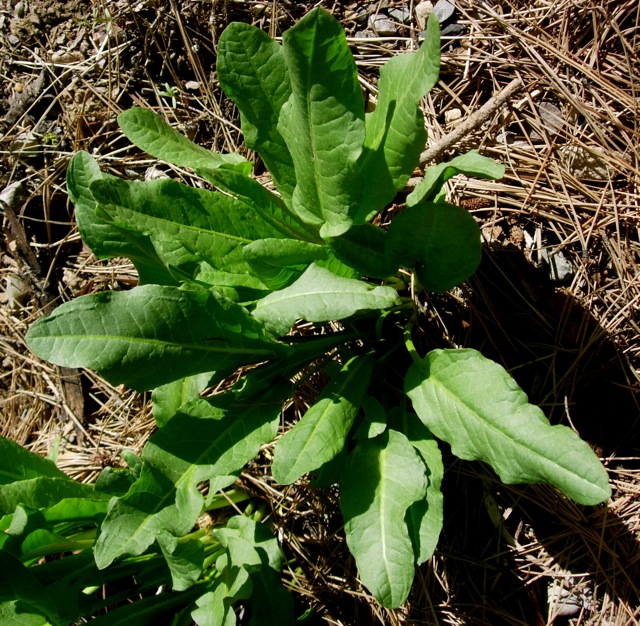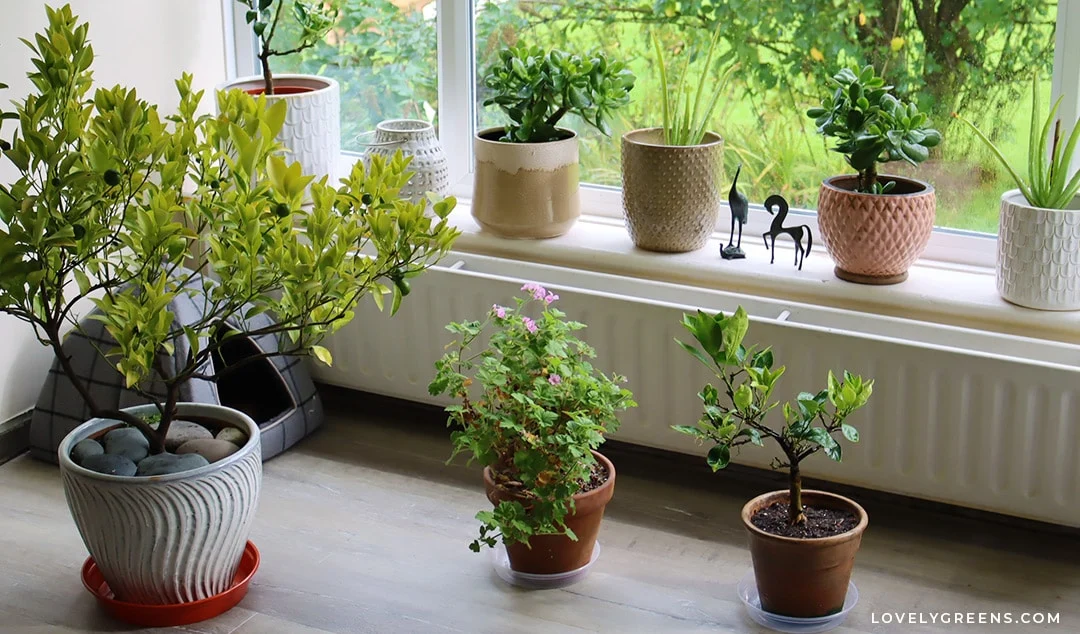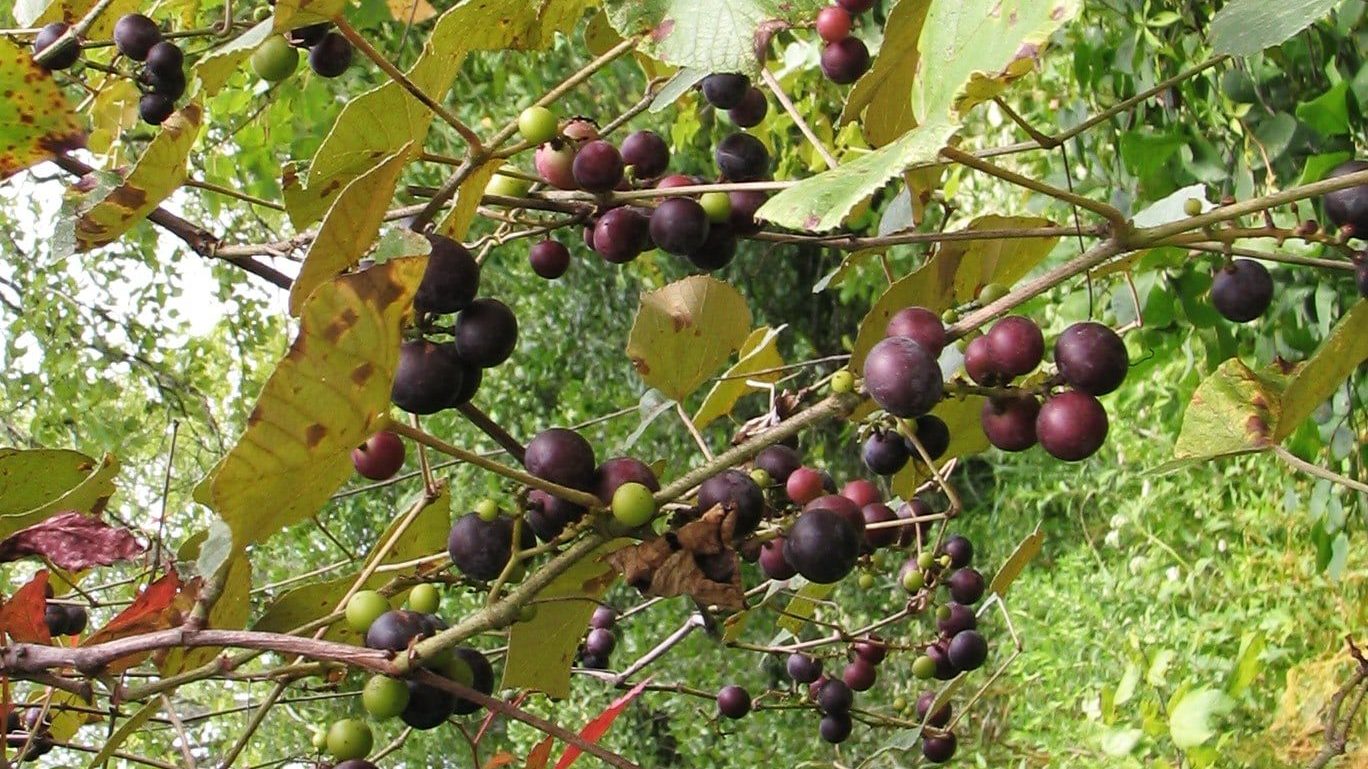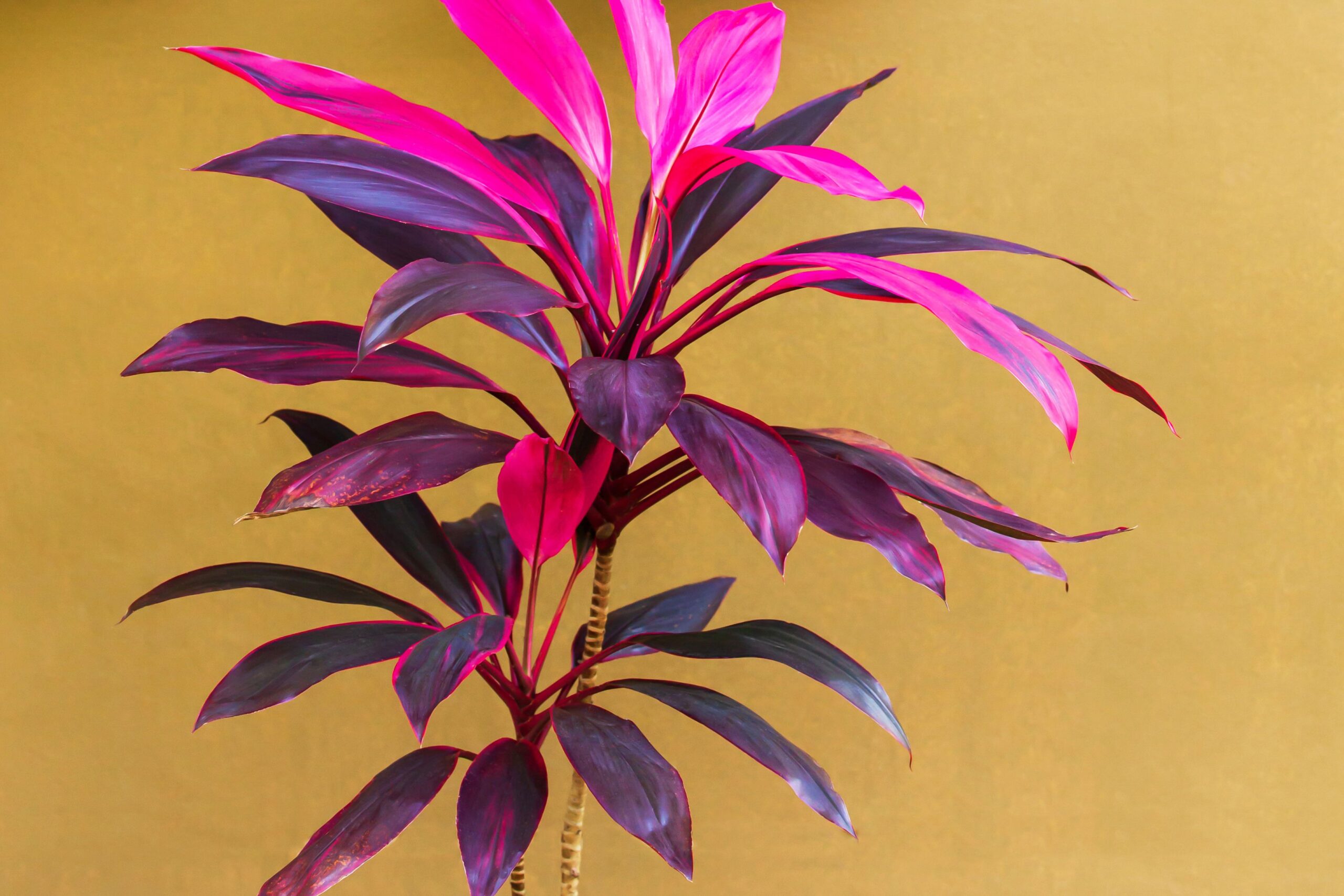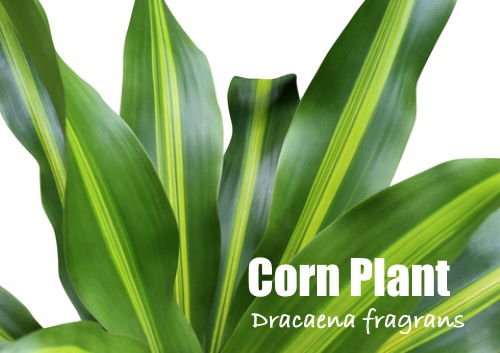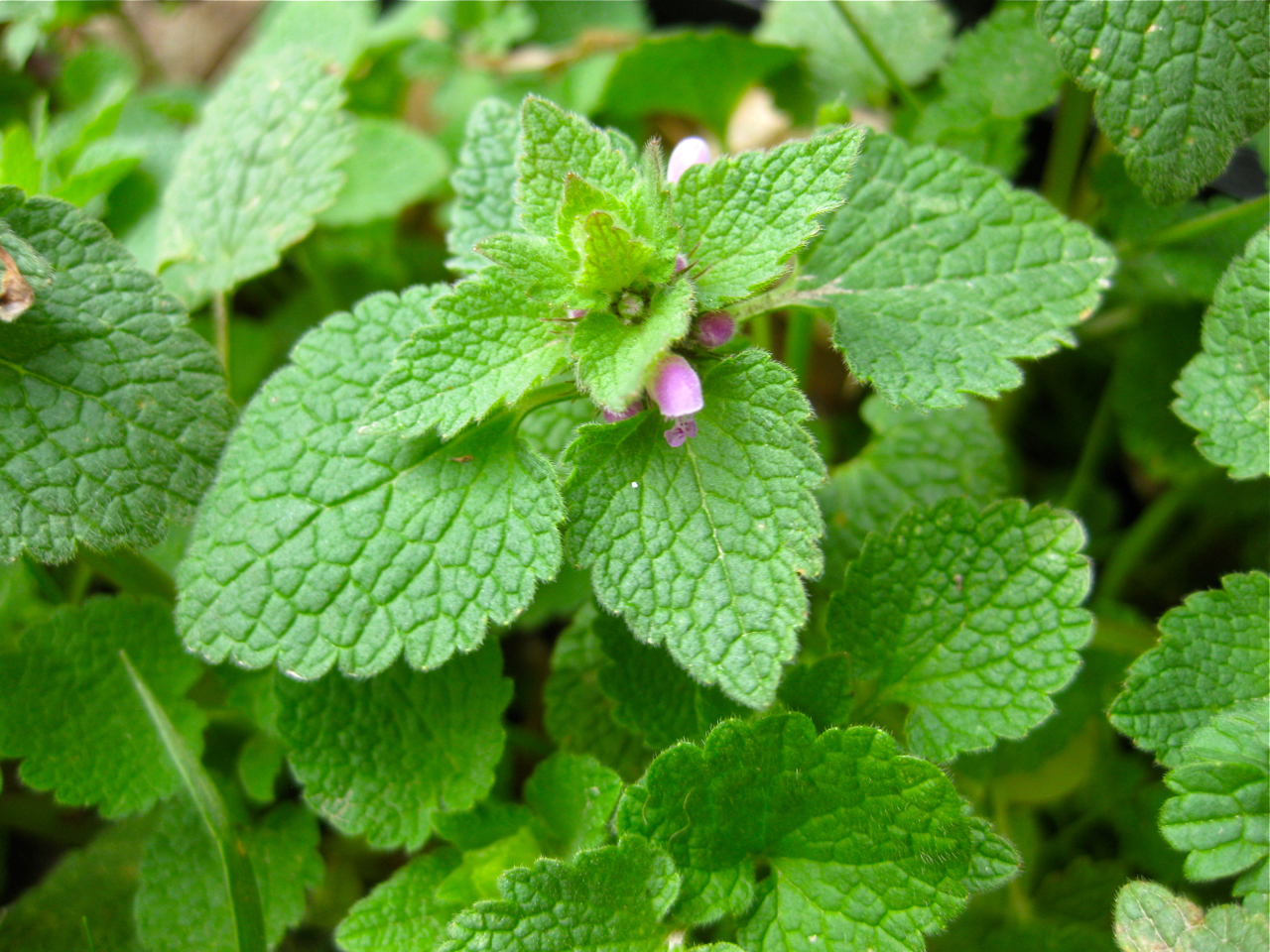Indoor bamboo plants, commonly marketed as “lucky bamboo,” are Dracaena sanderiana species native to Central Africa. They thrive in indirect light, needing fresh water weekly to prevent algae growth.
Lucky bamboo symbolizes good luck and prosperity, making it a popular choice for indoor décor and gifting. Its simple care requirements and elegant appearance have made it a beloved plant among gardening enthusiasts worldwide. Whether placed in homes, offices, or Chinese restaurants, lucky bamboo adds a touch of greenery and positive energy to any space.
Considered a symbol of resilience and fortune, this versatile plant holds a special place in both traditional beliefs and modern interior design trends. By incorporating lucky bamboo into your surroundings, you invite positivity and a touch of nature into your daily life.

Credit: www.ugaoo.com
Benefits Of Having An Indoor Bamboo Plant
Indoor bamboo plant adds a touch of greenery and elegance to your space. Apart from their aesthetic appeal, these plants offer numerous benefits that can enhance your home environment.
Air Purification
- Bamboo plants act as natural air purifiers by absorbing toxins like formaldehyde and benzene.
- They release oxygen and help improve indoor air quality, promoting a healthier atmosphere.
- Having an indoor bamboo plant can reduce indoor air pollution and create a fresher living environment.
Natural Relaxation
- The presence of indoor bamboo plants can create a calming and relaxing ambiance, perfect for stress relief.
- Green plants have been linked to reducing anxiety and creating a sense of tranquility in indoor spaces.
- With their serene presence, bamboo plants contribute to a more peaceful and soothing atmosphere.
Low Maintenance
- Indoor bamboo plants are low maintenance and require minimal care, making them ideal for busy individuals.
- They thrive in indirect light and require occasional watering, making them an easy-to-care-for plant option.
- With their resilience and adaptability, indoor bamboo plants are a hassle-free addition to any indoor setting.
Choosing The Right Bamboo Variety
When selecting an indoor bamboo plant, it is essential to choose the right bamboo variety that suits your space and preferences. Different types of bamboo plants offer unique characteristics that can enhance your indoor environment. Let’s explore some popular bamboo varieties for indoor settings:
Lucky Bamboo
Lucky Bamboo is not actually bamboo but a Dracaena plant known for its resilience and symbolism of good fortune. It requires minimal care and can thrive in low light conditions. Ideal for beginners in indoor gardening.
Dwarf Bamboo
Dwarf Bamboo varieties are compact and perfect for small spaces, such as desks or shelves. They add a touch of greenery without overwhelming the area. These miniature bamboos are easy to maintain and provide a calming presence.
Clumping Bamboo
Clumping Bamboo grows in dense clusters, making it a great choice for creating a privacy screen or a decorative indoor display. With their elegant structure and vibrant green foliage, clumping bamboos bring a harmonious balance to any indoor space.
Ideal Growing Conditions
Creating the perfect environment for your indoor bamboo plants is crucial to their growth and overall health. By providing the ideal conditions, you can ensure that your plants thrive and add a touch of natural beauty to your home. Let’s explore the important factors that contribute to the ideal growing conditions for indoor bamboo plants.
Light Requirements
The amount of light your indoor bamboo plant receives directly affects its growth. These plants thrive in bright, indirect light. Place your bamboo plant near a window or in a location where it can receive filtered sunlight throughout the day. However, ensure it is not exposed to direct sunlight for extended periods as it can scorch the leaves.
Temperature And Humidity
Indoor bamboo plants prefer temperatures between 65-95°F (18-35°C). They can tolerate slightly cooler temperatures but may suffer if exposed to frost or freezing temperatures. Additionally, these plants appreciate a moderate level of humidity. To increase humidity, you can place a tray filled with water near the plant or use a humidifier in the room.
Watering And Draining
Proper watering and drainage are crucial for the health of your indoor bamboo plant. Make sure that the soil is always slightly moist but not waterlogged. Overwatering can lead to root rot and other issues. Allow the soil to dry out slightly between waterings. It’s also important to ensure that the planting container has adequate drainage holes to prevent water from accumulating at the bottom.
By providing the right light, temperature, humidity, watering, and drainage conditions, you can create the ideal growing environment for your indoor bamboo plant. This will ensure their longevity and beauty as they enhance the indoor space with their vibrant green leaves. Enjoy the benefits of having these low-maintenance and visually appealing plants in your home.
Planting And Potting Tips
Indoor bamboo plant adds a touch of greenery and elegance to any indoor space. However, to ensure its optimal growth and longevity, proper planting and potting practices are essential. In this section, we will explore the key tips for planting and potting your indoor bamboo plant to create a thriving and visually appealing indoor environment.
Selecting The Proper Pot
When selecting a pot for your indoor bamboo plant, choose a pot that is at least 2 inches larger in diameter than the plant’s root ball. Ensure that the pot has drainage holes to prevent waterlogging, which can lead to root rot. Opt for a sturdy and stable pot that complements the aesthetic of your indoor space.
Preparing The Potting Soil
Prepare a well-draining potting soil mix for your indoor bamboo plant. Mix equal parts of high-quality potting soil, perlite, and peat moss to create a light and airy medium that promotes proper root aeration and moisture retention. Avoid using heavy or compacted soils, as they can hinder the plant’s growth.
Planting And Transplanting
When planting or transplanting your indoor bamboo, handle the delicate roots with care to minimize damage. Gently loosen the roots before placing the plant in the prepared potting mix. Ensure the plant is positioned at the same depth as it was in its previous container. After planting or transplanting, water the bamboo plant thoroughly to settle the soil and hydrate the roots.
Pruning And Maintenance
Pruning and Maintenance of Your Indoor Bamboo Planter
Trimming Dead Or Yellow Leaves
It is essential to regularly inspect your indoor bamboo plant for dead or yellow leaves. Identify them by the discoloration and brown spots. Using clean, sharp scissors or pruning shears, trim the affected leaves at the base of the stem to promote new growth and maintain the plant’s overall health.
Cutting Back Overgrown Stems
Over time, certain stems of your indoor bamboo plant may become overgrown, affecting its aesthetic appeal and overall balance. To address this, carefully cut back the excess growth at a 45-degree angle using clean, sharp tools. This encourages the plant to produce new shoots and maintain a desirable shape within your indoor space.
Fertilizing And Repotting
Regular fertilizing and repotting are essential for the optimal growth of your indoor bamboo plant. Use a balanced liquid fertilizer for indoor plants during the growing season to provide essential nutrients. Additionally, repot the plant every two to three years to ensure it has ample space for root expansion and continued healthy growth.
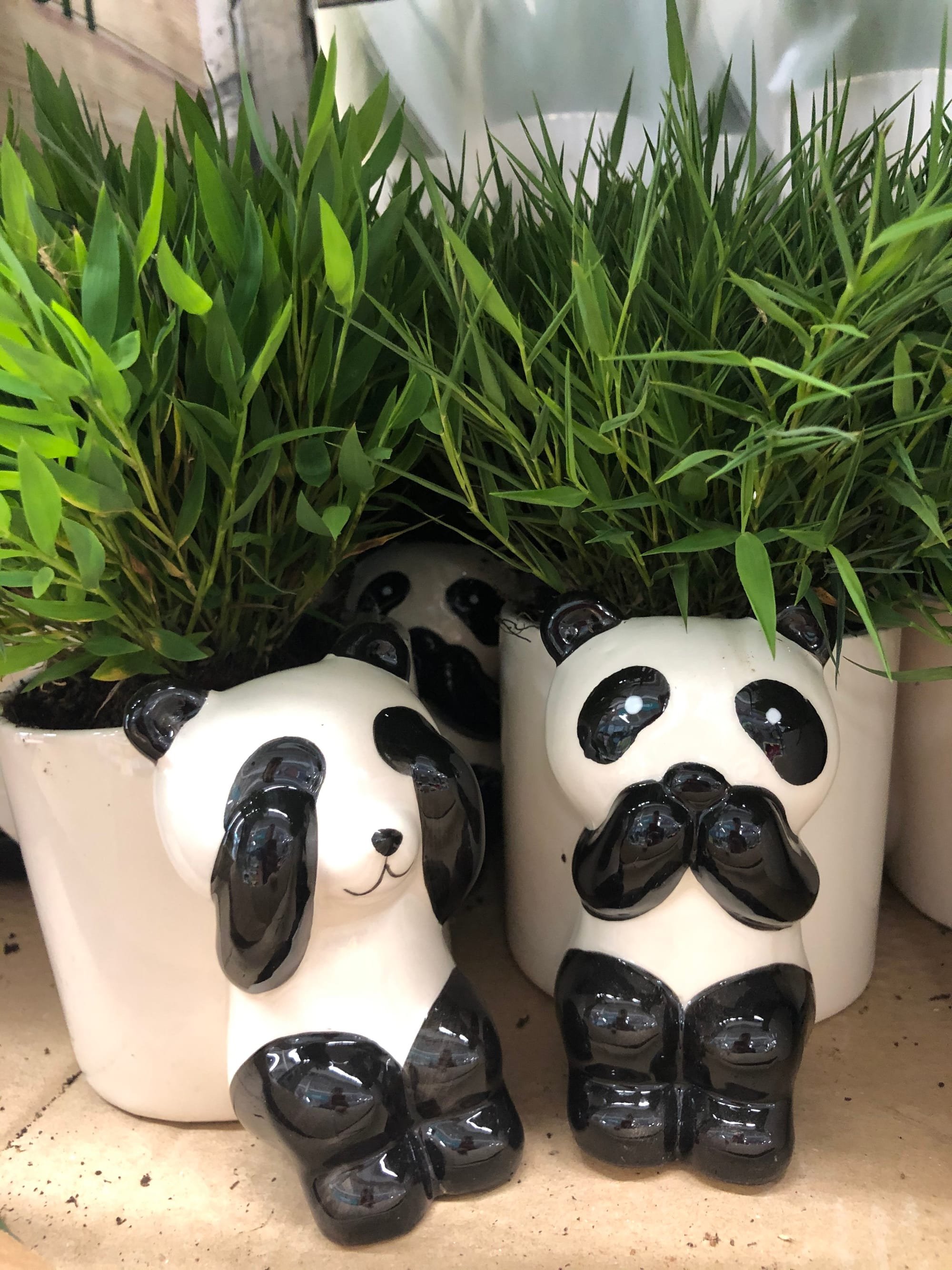
Credit: www.ukhouseplants.com
Dealing With Common Issues
When dealing with common issues related to indoor bamboo plants, it’s important to ensure they receive the right amount of light and proper care. Avoid overwatering and keep the plant away from direct sunlight to prevent leaf burn. Regular cleaning of the container and providing fresh water will help maintain a healthy environment for the bamboo plant.
Preventing Root Rot
Root rot is a common issue that can affect indoor bamboo plants if they are overwatered or if they are sitting in waterlogged soil. To prevent root rot, it is essential to establish a proper watering routine and make sure the plant’s roots have adequate drainage. Here are some tips to prevent root rot:
- Water the plant only when the top inch of soil feels dry. Overwatering can lead to waterlogged soil, which promotes the growth of root rot-causing fungi.
- Ensure the indoor bamboo planter has drainage holes to allow excess water to escape. If the pot doesn’t have drainage holes, consider repotting the plant into a container that does.
- Use well-draining soil specifically formulated for indoor plants, such as a mixture of peat moss, perlite, and sand. This type of soil retains enough moisture for the plant while allowing excess water to drain away.
- Remove any standing water in the saucer or tray beneath the planter to prevent the roots from sitting in the water.
- If you notice any signs of root rot, such as yellowing leaves, wilting, or a foul smell, take immediate action. Trim off any affected roots and replant the bamboo in fresh, well-draining soil.
Controlling Spider Mites
Spider mites can be a nuisance for indoor bamboo plants. These tiny pests can infest the leaves, causing them to turn yellow, dry out, and eventually fall off. Here are some ways to control spider mites:
- Regularly inspect the plant: Check the leaves and stems regularly for any signs of spider mite infestation. Look for small webs, yellow spots, or stippling on the leaves.
- Isolate-infested plants: If you notice signs of spider mites, separate the affected plants from other indoor plants to prevent the infestation from spreading.
- Use insecticidal soap: Spray the plant with an insecticidal soap solution to kill spider mites. Be sure to follow the instructions on the product label and apply it evenly on both the upper and lower surfaces of the leaves.
- Increase humidity: Spider mites thrive in dry conditions. Increase the humidity around the plant by misting the leaves regularly or placing a tray of water near the plant to create a humid microclimate.
- Introduce natural predators: Some beneficial insects, such as ladybugs and predatory mites, feed on spider mites. Consider introducing these natural predators to control the infestation.
Managing Fungal Infections
Fungal infections can occur in indoor bamboo plants, especially if the humidity levels are high and the plant is not provided with proper air circulation. Here are some steps to manage fungal infections:
- Avoid overwatering the plant, as excessive moisture can create a favorable environment for fungal growth. Follow a regular watering schedule and allow the soil to dry out slightly between waterings.
- Provide adequate air circulation by placing the plant in a well-ventilated area. Avoid overcrowding the plant with other objects that may restrict airflow.
- Remove any infected leaves or stems promptly to prevent the spread of the fungus. Use clean, sharp scissors to make clean cuts and avoid tearing the plant’s tissue.
- Apply a fungicide specifically formulated for indoor plants according to the product instructions. This can help prevent the development and spread of fungal infections.
- Monitor the plant regularly for any signs of fungal infections, such as discolored or wilting leaves, powdery coatings, or unusual growths. Take immediate action if you notice any signs.
Tips For Feng Shui Placement
When positioning an indoor bamboo planter for optimal Feng Shui energy, place it in the southeastern part of your home to enhance wealth and abundance.
The lucky bamboo plant symbolizes prosperity and good fortune in Feng Shui. Seven stalks represent health, while eight signify wealth and abundance.
Combine your indoor bamboo plant with other elements like a money plant or crystals to amplify the flow of positive energy in your space.

Credit: www.ambius.com
Frequently Asked Questions On Indoor Bamboo Plant
How Do You Care For An Indoor Bamboo Plant?
To care for an indoor bamboo plant, place it in bright, indirect light near a window. Use filtered water and clean the container every few months. Ensure proper drainage and water once a week. Keep it away from direct sunlight to prevent leaf burn.
Lucky bamboo brings good luck and prosperity.
Do Indoor Bamboo Plants Need Sunlight?
Indoor bamboo plants should be placed in bright, indirect light, like near a window, but away from direct sunlight. Direct sunlight can cause the leaves to burn. Regular watering is important, but be cautious not to overwater to avoid root rot.
Where Should I Put Lucky Bamboo In My House?
Place lucky bamboo in a bright spot with indirect sunlight to prevent leaf burn. Water regularly, but avoid overwatering to prevent root rot.
How Often Do You Water Bamboo Inside?
Water indoor bamboo every 1-2 weeks to keep the soil moist but not waterlogged. Adjust based on environmental conditions.
Conclusion
The indoor bamboo plant, also known as lucky bamboo, is a popular houseplant that brings good luck and prosperity according to Feng Shui. It is easy to care for, requiring regular watering and bright, indirect light. Lucky bamboo should be kept away from direct sunlight to prevent leaf burn.
With its unique shape and vibrant green foliage, the indoor bamboo plant is a beautiful addition to any indoor space. Embrace the positive energy and charm it brings and enjoy the benefits of having a lucky bamboo plant in your home.


